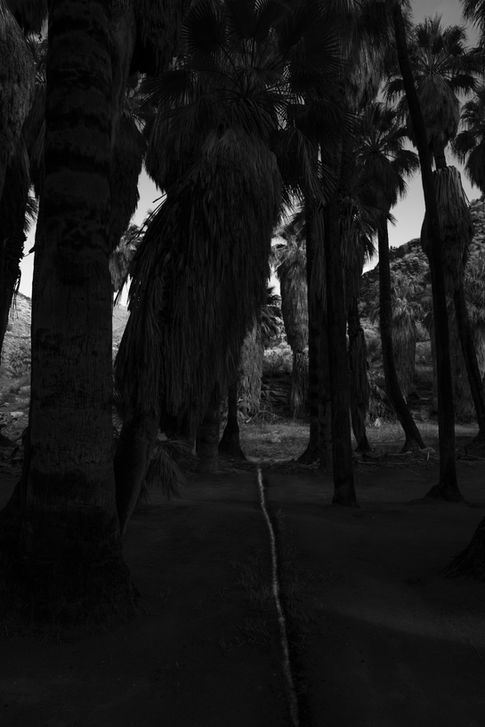top of page
Say Uncle
(More Install Photos Coming Soon)
On View:
Mar 7 - April 1
900 Saturnino Rd. Palm Springs, CA 92262
33.81841° N, 116.53925° W
About The Install:
A fully independent installation from Marcus Xavier Chormicle and Michael Dean Chormicle.
Together, the nephew and uncle pair has been making photographs in their ancestral homeland on the Agua Caliente Indian Reservation since 2021. Walking in the same places their ancestors and relatives have walked since time immemorial.
The exhibition is held outdoors, on the allotment of Michael Dean Chormicle as an expression of sovereignty and in response to the legacy of public sculpture in the valley. This first exhibition of the project is a closing of a feedback loop that represents an intentional effort by the Chormicles to assert their family's, community's and their own presence in the Land and to prioritize the experience of Native people in the act of viewing art.
About The Photos:
Photographs made with my uncles on ancestral land on the
Agua Caliente Indian Reservation, Sec-he ("Palm Springs, California")
Say Uncle is an ongoing photo project that explores the tension between being seen and seeing. For this work I photographed my uncle in different canyons on the Agua Caliente Indian Reservation in Séc-He ("palm springs, ca"), our ancestral homeland. Together we travel across the land, following the same paths that our family has walked for countless generations. Traditional migration routes open up into portals across the land, making way for reinterpretation of some of the same scenes that our family has always seen, and some new.
The imagery seeks to acknowledge the act of observing and acknowledging the dual lineages of understanding the land, people and other life in the canyons; one of Indigenous symbiotic relation, and another of colonial ownership and occupation. Séc-He, a famous vacation spot for wealthy Americans, was one of Edward Curtis' sites for his infamous project "The North American Indian". The legacy of his photographs, and images like them, has long been contended with by Indigenous photographers, looking to self represent. Identity politics in the photographic medium have provided one of the few avenues for Indigenous and other non-white photographers to make progress in the fine art world.
The photographs serve as representations of my and my family's own cultural understanding of our origin point.

bottom of page




























